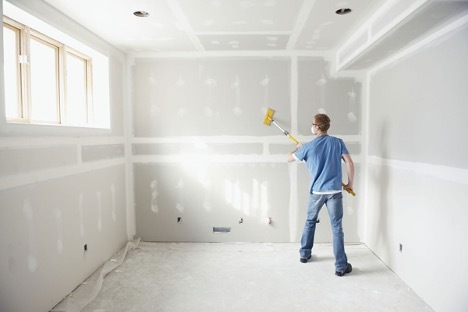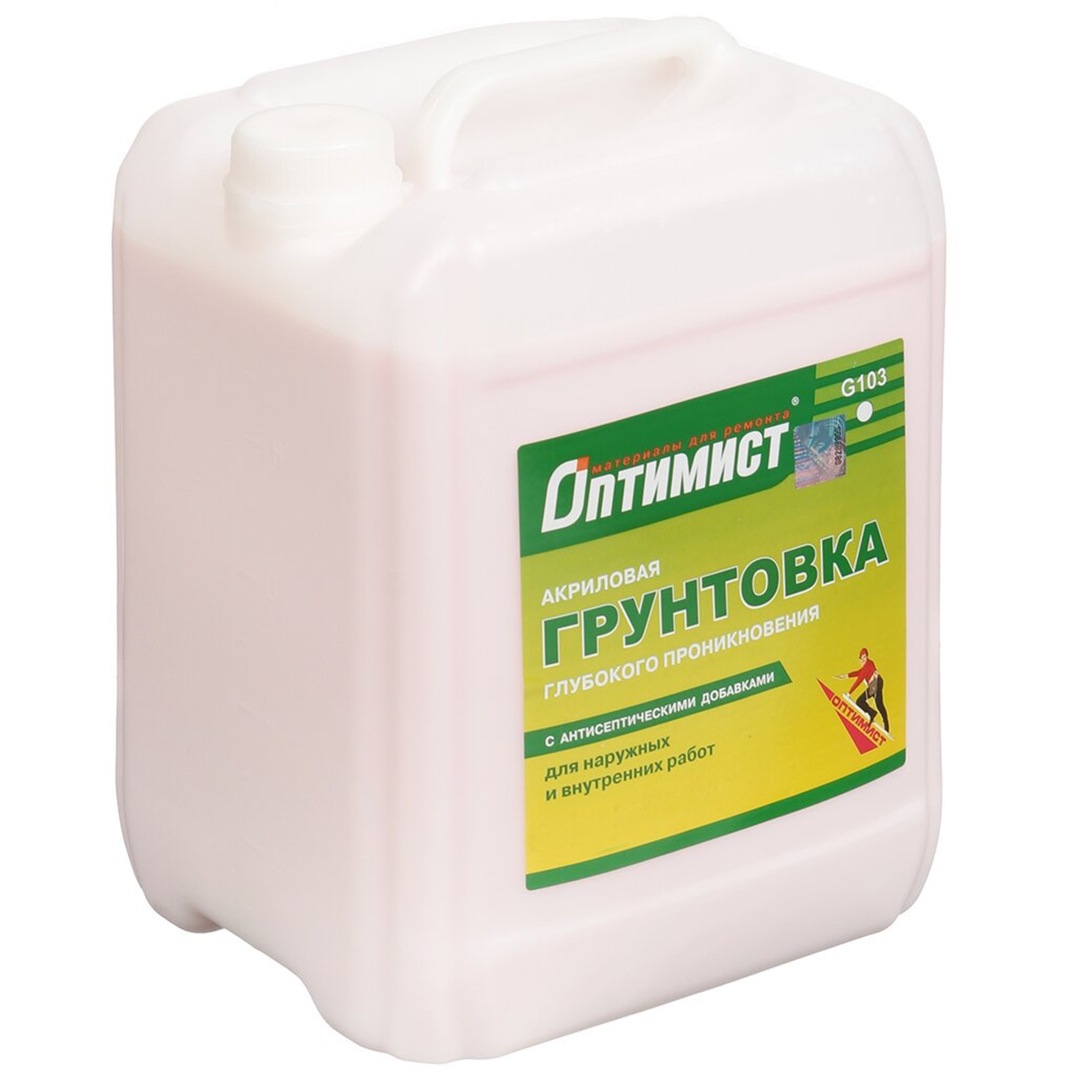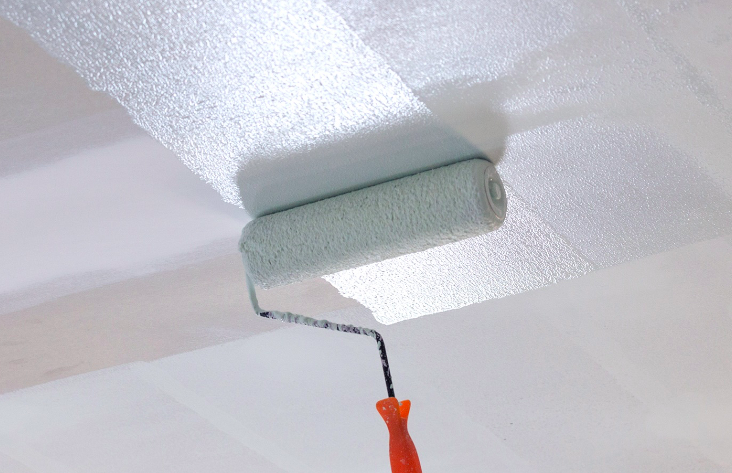One of the most popular questions among finishers is whether drywall needs to be primed before puttying. Often it is answered positively, motivated by the fact that due to pre-treatment, the adhesion of the base improves. To some extent this is true, but drywall has its own characteristics. Therefore, it is important to understand in which cases preparation is needed, and in which it is not. This and much more is discussed in the presented material.
The content of the article
- Do you need a primer
- Pros and cons of priming
- Primer types
- Step-by-step instruction
Do you need a primer
The question of whether drywall should be primed before puttying does not have a definite answer. On the one hand, experienced finishers quite often respond positively to it, because the primer prepares the surface well and increases adhesion (adhesion) with the subsequent material.
When studying whether it is necessary to prime drywall, it should be mentioned that the preparation disinfects the surface and protects it from decay. In addition, the primer levels out small irregularities, although the sheets are usually smooth and do not need such processing.
But if we consider what the primer for drywall for putty does, we need to understand in more detail how such a composition works. It penetrates deep into the surface (paper) layer of cardboard and spreads further. As a result, pores are clogged, dust particles stick together on the surface. Accordingly, adhesion drops, and putty falls worse than on an untreated surface. In this case, the answer to the question of whether drywall can be primed is negative.
Thus, a drywall primer gives 2 opposite effects:
- It clogs pores, which leads to poor adhesion to putty.
- It binds dust, which, on the contrary, is good, because dirt particles interfere with further finishing.

In this regard, doubts arise whether drywall should be primed before puttying. It is worth recognizing that there is no ideal solution. Processing has its pros and cons. Therefore, you need to focus on the situation:
- If there is little dust, and it is possible to remove it, for example, with a damp sponge, it is better not to take additional measures.
- If the surface is heavily polluted, and it is difficult to remove dust, the benefits of the primer are obvious, and this stage cannot be dispensed with.
Pros and cons of priming
Regardless of how to prime the drywall before puttying, you can take into account the recommendations of the manufacturers. So, in the instructions for Knauf mixtures, it is indicated that the edges of the sheets must be primed, i.e. edges where a lot of dust inevitably accumulates. After processing, the composition should dry for 3-4 hours.
This method of preparation provides several advantages that allow you to be sure whether drywall should be primed:
- protection against mold, decay;
- the ability to choose the right color;
- damage protection;
- environmentally friendly composition;
- affordable price;
- simple application technology - ways to prime drywall before puttying are available to everyone.
There are some downsides though:
- adhesion is not always strong enough;
- the composition fills the pores of drywall sheets and reduces adhesion;
- may lie unevenly - then there will be smudges on the surface.
Primer types
Now it’s clear whether drywall is primed before puttying. In most cases, yes, because it allows you to get rid of dust and prepare the surface well. Therefore, it is important to figure out how to choose the right composition for drywall. Most often used for processing:
- Universal acrylic mixtures that dry in just 2-3 hours. Affordable, suitable for outdoor and indoor use, non-toxic, presented in a large assortment.
- Drywall primer before alkyd putty is a very common type, used on different surfaces.
- Polyvinyl acetate (PVA) - based on the glue of the same name. You can make it yourself or purchase a ready-made composition.

The rest of the species are unsuitable. For example, it is impossible to prime drywall before puttying with phenolic or polystyrene compounds. They are toxic and give an unpleasant odor, suitable only for outdoor use.
There is another classification depending on the properties of the primer:
- Deep penetration - not suitable for drywall, because it greatly clogs the pores and interferes with adhesion to the putty.
- Adhesive - increases adhesion on the surface, a versatile option that can be used for drywall sheets.
- Water-repellent compound.
- Fire-resistant primer - especially important for rooms with sources of open fire.
- Antiseptic - prevents mold, rotting. Suitable for humid environments such as kitchens.
Step-by-step instruction
Thus, it is necessary to prime drywall before puttying. It remains to understand exactly how to do it. First you need to prepare the tools - it can be a brush or a roller, as well as a container (bucket). You should act like this:
- Dilute the composition with water strictly according to the instructions.
- Mix thoroughly and dip the roller or brush.
- It is clear whether drywall needs to be primed before plastering or puttying. First, apply the first layer.
- After it is completely dry, a second layer is applied.
- The main way to apply a primer on drywall is with a roller. And you need to strive to ensure that the layer is as thin as possible.
- When the second layer dries, start filling.

From this article it is clear whether it is necessary to prime drywall before puttying. They act according to the situation - if the amount of work is large, and the room is very dusty, pre-treatment is required. If it is possible to remove dust, for example, with a napkin, it is better to do just that, without priming.


